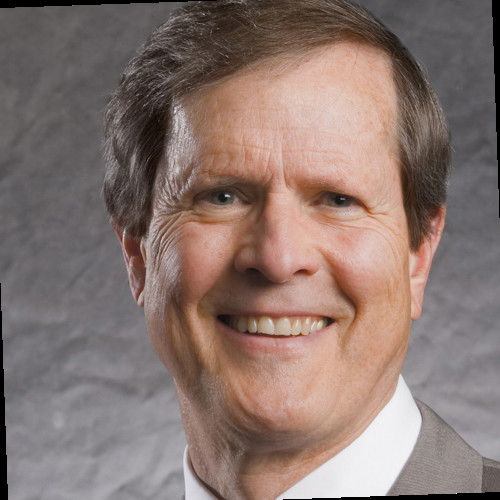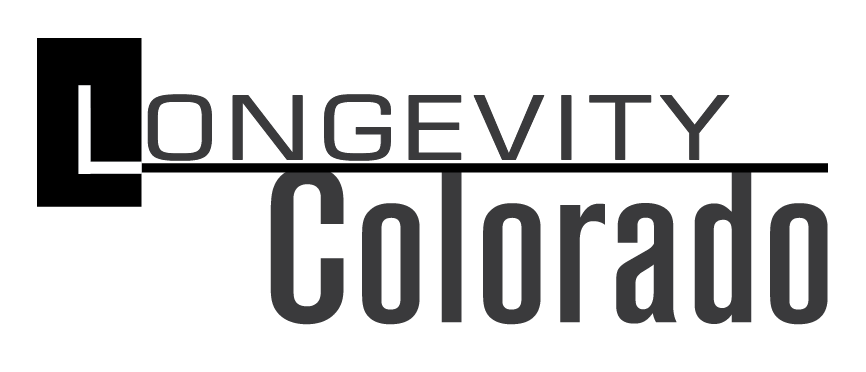By: Brent Green, Brent Green & Associates
Guest Blog
Some are proponents of “Ageless Marketing” as conceived and articulated by my late colleague David Wolfe. Ageless Marketing is “marketing based not on age but on values and universal desires that appeal to people across generational divides. Age-based marketing reduces the reach of brands because of its exclusionary nature. In contrast, ageless marketing extends the reach of brands because of its inclusionary focus.”

And some are committed to “Generational Marketing,” an approach for which I’m a proponent. As I write in my book, Generation Reinvention:
“One way to describe this phenomenon of generational identification is the concept of cohort effect, which sociologist Karl Mannheim wrote about as ‘the taste, outlook, and spirit characteristic of a period or generation.’ He also referred to the notion of zeitgeist, the idea that a generation has a collectively shared sense of its formative historical period.
Successful Generational Marketing requires mastery of nuance and meaning. Linkages between a brand and nostalgic meaning must make sense. Further, all formative life experiences of a generation, from early childhood through young adulthood, have potential for development. Boomers possess a rich repertoire of shared experiences beyond those that occurred between 1967 and 1973. Potential nostalgic motivational triggers go way beyond Woodstock.
However, as a marketer, I’ve always maintained a full toolbox, applying each segmentation approach according to experience and market insights.
1. Ageless Marketing can inspire advertising messages that appeal across generational divides because of commonly shared values, such as the nearly universal desire for a cleaner environment. Boomers and their Millennial children share passion almost equally for greener living and sustainability.
2. Life-stage Marketing can offer another path to success for those who connect a product or service with a stage need. Many Boomers today need help in understanding their caregiving challenges and responsibilities. This hallmark of their current life-stage predisposes them to offers of caregiving support and education.
3. And Generational Marketing can create powerful associations between a brand and a segment’s formative experiences. These nostalgic associations can become instant shorthand for positioning a contemporary brand constrained by cluttered media and product/service parity. Nostalgia is rich with opportunities for deeply personal brand interactions.
The three marketing approaches discussed here can succeed when well executed. All three approaches can fail when creators have inadequate understanding of the market, message, methodology or meaning conveyed through their ads.
In the realm of marketing to adults older than 55, vigorous debates arise about how best to construct advertising messages and frame offers in memorable and compelling ways.
About the Author
Brent Green
Brent Green & Associates
Follow: @BoomerMarketing
Connect: Brent Green
Learn More: http://bgassociates.com/


